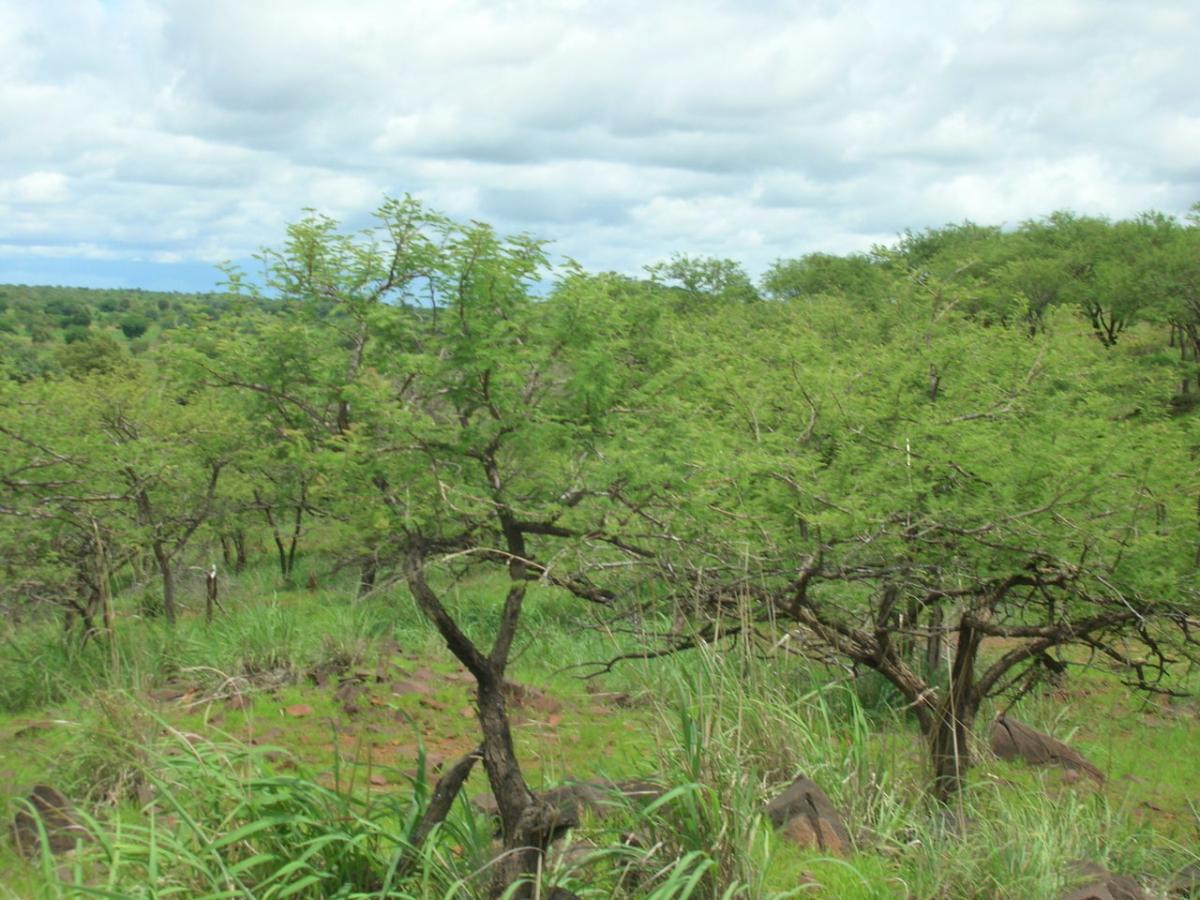
200 Million Trees: A Beautiful Example Of Locally-Led Practice
May 9th, 2022

Marie-Rose Romain Murphy recently shared this powerful story of localization in Niger. Published by National Geographic, "How farmers in Earth's least developed country grew 200 million trees" is a beautiful example of the Power of Local in practice, contrasting sharply with tragic examples of foreign-led, top-down, and techno-centric interventions. But they begin in much the same way.
In the case of Niger, as in many other countries, farmers had practiced sustainable farming for centuries. "But early in the 20th century, agronomists brought in by French colonial rulers urged farmers to remove trees—to pluck saplings and hack out stumps. The government, seeking to export peanuts, wanted Niger's agricultural sector commercialized. It pushed farms to move from hand cultivation toward steel plows pulled by animals. That resulted in orderly fields with straight lines and perfect furrows, which left little room for trees."
For decades, this colonially-imposed approach forced farmers to clear trunks and seedlings from their fields, long enough for memories of indigenous practices to fade away. And so, "By the mid-1980s, the country faced ecological collapse. But two parallel events would alter its course."
This occurred when a group of farmers couldn't return to their lands in time to remove trunks and seedlings before the rainy season. They had gone abroad looking for work during the dry season. When they finally reached their farms, they had no choice but to plant around the trunks and seedlings. "They quickly noticed something odd. Crops planted near young trees seemed to grow better and faster. The following year, it happened again. Soon, other farmers stopped clearing fields. Falling leaves fertilized and kept the soil moist. The vegetation blocked sand pushing in from the Sahara and protected crops from the wind."
He didn't need a budget and work crews and loads of young trees. He needn't fight the weather. He just had to convince farmers to trust nature. Humans needed to get out of the way.
The second event occurred when a young Australian missionary rediscovered the ancient local ways of farming. It took someone who had money, the luxury of time to think, and the psychological security of knowing that if things were to worsen, they could always travel to safety by returning to their home country. So what did this missionary do? He came across a bush in the desert.
Like many others he had seen before, this bush was growing out of the trunk of a tree cut per colonial requirements. But this time, something clicked in his head. He realized that the conventional farming solutions he tried were all wrong. "He didn't need a budget and work crews and loads of young trees. He needn't fight the weather. He just had to convince farmers to trust nature. Humans needed to get out of the way. 'The real battle was over people's thoughts about trees' . 'Everything they needed was at their feet.'"
To be clear, "Nothing about this approach was new. So-called farmer-managed natural regeneration had been practiced around the world in dryland systems for centuries. It was essentially how farmers in Niger had operated before colonialism." With time and money on hand, the missionary was able to convince a few farmers to experiment with this forgotten approach; "to re-popularize and promote it—to convince farmers to capitalize on the deep roots their ancestors had left, both literally and figuratively, in the land."
One could end the story here and say, "The rest is history." But what came next was no less important. In the decades that followed, this return to indigenous practice spread far and wide, but not automatically. Instead, diverse individuals took dedicated time and effort to revive ancient farming traditions. The result was a veritable movement described as Africa's most outstanding environmental transformation. This movement is responsible for growing over 200 new million trees in Niger. Thanks to this, "Tree-rich regions in southern Niger produce half-a-million tons more cereal grains a year—enough to feed 2.5 million more people."
This is not a story of foreign-led, top-down, or techno-centric intervention, but rather the direct opposite: locally-led, bottom-up, and eco-centric. This effort "started from the ground up. No one is paying farmers for their trees. This large-scale re-greening is all voluntary And evidence suggests it can address environmental and food-security issues in Niger far better than more expensive tree-planting campaigns."
This was an entirely farmer-led phenomenon. There is no evidence of government, NGO, or other external influence. Farmers simply saw the need and the opportunity to regrow trees from stumps and did it.
For almost two decades, very few outside of Niger knew about this spectacular success. Thankfully, word finally got out, resulting in farmers from Senegal, Burkina Faso, and Mali traveling to Niger to learn from fellow farmers there. And upon returning home, they replicated their success. Senegalese farmers, for example, were able to restore 150,000 acres of woodlands thanks to what they had learned. This is an excellent example of a South-to-South knowledge exchange.
Meanwhile, in Malawi, farmers have independently rediscovered indigenous practices, enabling trees to regenerate naturally across some 8 million hectares. "Part of the significance of the Malawi story is that this was an entirely farmer-led phenomenon. There is no evidence of government, NGO, or other external influence. Farmers simply saw the need and the opportunity to regrow trees from stumps and did it."
Recent Articles

